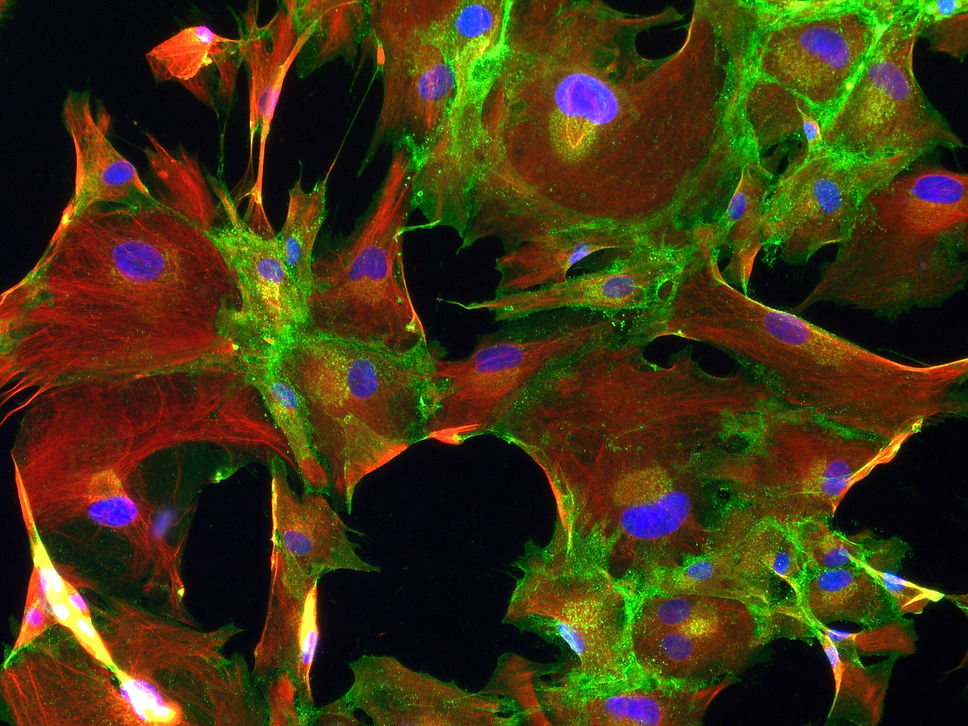
Research
Projects
Our Current Focus
Metastatic Niche


We recently identified collagen-rich airway smooth muscle cells as a metastatic niche for cancer cell colonization in the lung. Ongoing projects will further characterize its interaction with other immune cells in the microenvironment (e.g. neutrophils, NK cells) to facilitate the process. We are building on existing RNAseq data profiling the niche and cancer cells, functionally integrating with microfluidics system in vitro and established in vivo models to study their mechanistic interactions (see training opportunities).
Tumor Microenvironment

Immune checkpoint blockade therapy is emerging as a major treatment modality for cancer patients. However, a large fraction of patients remain non-responders. Ongoing projects is further characterizing the resistance mechanisms, e.g., i) how to turn cold tumors into hot tumors, via modulating dying cancer cell-released DAMP and iDAMP and dendritic cell cross priming of CD8+ T cells, ii) cancer cell modulation of the immunosuppressive immune microenvironment etc (see training opportunities).
Programmed Cell Death
Most anti-cancer therapeutics designate cell death as the end goal, we serendipitously discovered drug-induced dying cells play a major role in inducing residual tumor cell repopulation and immunosuppression. And thus, driving therapeutic resistance. Proteomics discovery identified novel protein complexes associated with various forms of programmed cell death mechanisms. Ongoing studies will further dissect these molecular mechanisms (see training opportunities).



